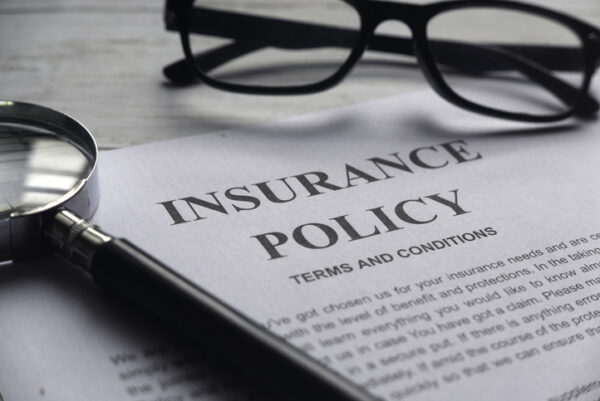

**Guidelines for Handling a Defective Vehicle in California**
Owning a vehicle in California entails the duty of keeping it in optimal working order. Nevertheless, vehicles may sometimes become defective, which can lead to potential safety concerns and legal complications. Here are some guidelines for handling a defective vehicle in California:
1. **Identify the Issue:**
– Perform a comprehensive inspection to pinpoint the problem. Typical issues include engine malfunction, brake troubles, transmission failures, or electrical glitches.
– Utilize diagnostic equipment or seek the expertise of a professional mechanic to correctly identify the issue.
2. **Prioritize Safety:**
– If the vehicle is unsafe to drive, refrain from operating it. Arrange for towing services to move the vehicle to a repair facility.
– Ensure the vehicle is parked safely, away from traffic, to prevent accidents or additional damage.
3. **Legal Responsibilities:**
– California legislation mandates that vehicles adhere to specific safety and emissions standards. Operating a defective vehicle may incur fines or penalties.
– If the vehicle does not pass a smog inspection, it must be fixed and retested to align with the California Air Resources Board (CARB) regulations.
4. **Repairs and Maintenance:**
– Select a licensed and trustworthy repair shop. The Bureau of Automotive Repair (BAR) in California offers resources to assist consumers in locating qualified mechanics.
– Request a written estimate prior to approving any repairs. This should include a detailed breakdown of parts, labor, and expenses.
5. **Warranties and Recalls:**
– Verify if the vehicle is still under warranty. Manufacturer warranties may cover specific repairs at no charge.
– Stay updated on any recalls associated with your vehicle. Manufacturers are obligated to address recalled problems at no cost.
6. **Keep Thorough Records:**
– Maintain detailed records of all inspections, repairs, and interactions with mechanics. This documentation can be vital if disputes occur or if you choose to sell the vehicle.
7. **Examine the Lemon Law:**
– California’s Lemon Law safeguards consumers who acquire or lease new vehicles with ongoing defects. If a vehicle cannot be repaired after a reasonable number of attempts, the owner may be eligible for a replacement or refund.
8. **Insurance and Liability Awareness:**
– Notify your insurance provider regarding the vehicle’s condition. Certain policies may cover specific repairs or provide roadside assistance.
– Be mindful of liability issues if the vehicle results in an accident due to its defective state.
9. **Selling a Defective Vehicle:**
– If you opt to sell the vehicle, disclose all known defects to prospective buyers. Failing to do so may result in legal consequences.
– Consider selling the vehicle “as-is” with a clear disclosure of its condition.
10. **Preventive Strategies:**
– Routine maintenance can avert many common vehicle problems. Adhere to the manufacturer’s recommended service schedule.
– Address minor issues swiftly to prevent more severe problems later on.
Managing a defective vehicle in California necessitates a proactive stance to guarantee safety, legal adherence, and financial security. By following these guidelines, vehicle owners can successfully navigate the difficulties associated with a defective vehicle.






